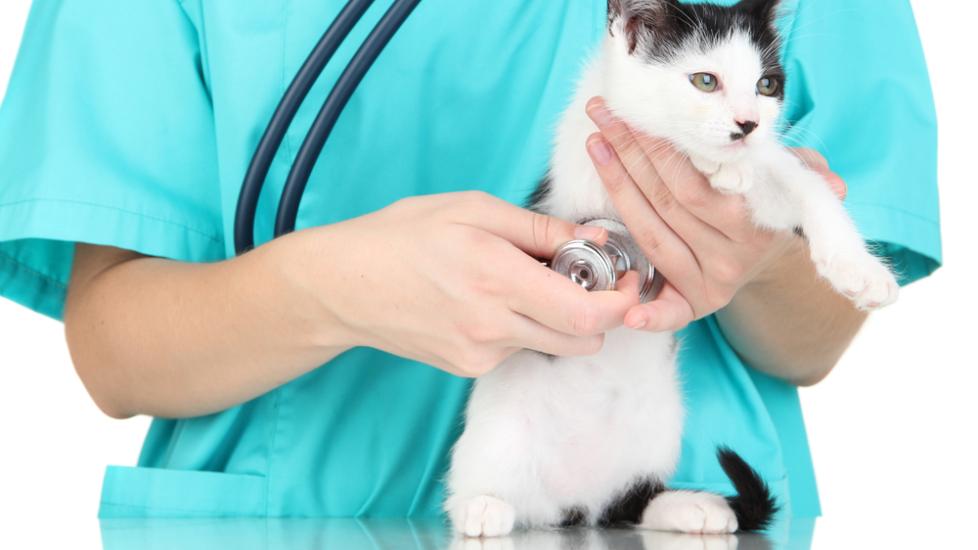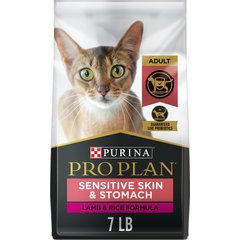Protozoan Infection (Trichomoniasis) in Cats
Trichomoniasisin Cats
The protozoa are single-celled microorganisms belonging to the kingdom Protista, which includes several other single celled microorganisms. The protozoa stand out for their animalistic behavior, in that they are able to move from place to place on their own, and consume organic matter as a source of energy, as animals do.
Some protozoa have been discovered to be harmful to animals and humans, taking on a parasitic form and infecting a host animal. Trichomoniasis is a disease caused by a type of anaerobic (capable of living without oxygen) protozoan called trichomonas. Normally inhabiting the large intestine, Trichomonas cause inflammation of the large bowel.
Young cats under the age of one year are most disposed to this infection. Although it is very unlikely to be passed to humans or dogs, care must be taken to prevent the spread of this infection to other cats.
Symptoms and Types
- Intermittent diarrhea
- Diarrhea may contain blood and mucus
- Swelling and redness of the anus
- Pain in the anal area
- Protrusion of the rectum through the anus in severe cases
Vet Recommended Health Support
- Feliway Optimum Enhanced Calming 30 Day Diffuser for Cats$29.99Chewy Price
- Purina Pro Plan Veterinary Diets FortiFlora Powder Probiotic Digestive Supplement for Cats, 30 count$30.99Chewy Price
- Purina Pro Plan Veterinary Diets Hydra Care Liver Flavored Liquid Supplement for Cats, 3-oz pouch, case of 12$14.99Chewy Price
- Purina Pro Plan Adult Sensitive Skin & Stomach Lamb & Rice Formula Dry Cat Food, 7-lb bag$28.08Chewy Price
Causes
Protozoan infection
Diagnosis
You will need to give your veterinarian a thorough history of your cat's health and recent activities. Your veterinarian will then perform a complete physical exam on your cat. Standard laboratory work will include a blood chemical profile, a complete blood count, an electrolyte panel, a fecal analysis, and a urinalysis in order to determine the exact origin of the symptoms and the exact organism responsible. The laboratory test results are often within normal range in affected cats, except for the derangements related to the diarrhea.
If your cat is unable to produce a fecal sample, another method for taking a sample is by a fecal swab, by which a cotton swab is inserted into the anus to collect a sufficient amount for analysis. The parasite, if it is present, will be obvious under a microscope by its characteristic tails, and will differentiate it from other parasitic forms. This type of fecal culture can also be used to grow the parasite for confirmatory diagnosis.
A more specific and advanced test called PCR (polymerase chain reaction) may also be available for the confirmatory diagnosis. This is the best test for confirming, since it is more sensitive and will show the presence of the genetic material that makes up the trichomonas organism. Whether this test can be used for diagnostic purposed will depend on whether your veterinarian has fast access to a laboratory that can perform the analysis.
Treatment
The disease may resolve on its own in some animals, but generally, treatment is needed for the successful eradication of the infection.
Living and Management
A relapses of diarrhea is common, even when appropriate therapy is employed. It is important to consider that stress, travel, dietary changes, and treatments for other conditions may lead to a relapse of this disease.
While trichomonas has not been found to be transmissible to humans, thus far, the same precautions should be taken as with any disease that is capable of contagion. Wearing disposable gloves while changing the litter box, and cleaning the hands and surrounding area thoroughly and regularly are standard recommendations. In addition, cat owners who are immune compromised should avoid cleaning the litter box at all.




